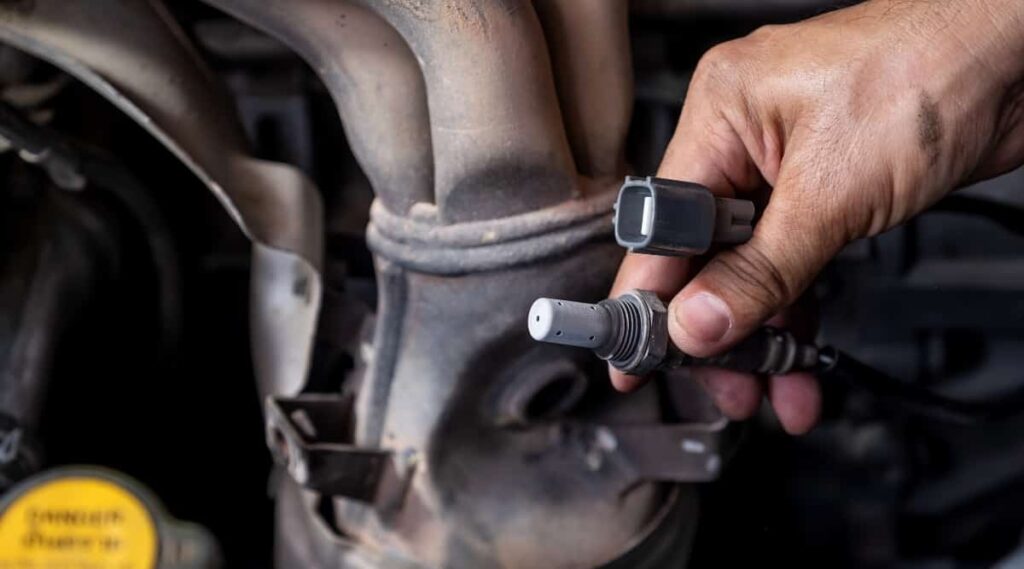In the world of automotive maintenance, ensuring the optimal performance of your vehicle’s oxygen sensor is crucial for efficient fuel combustion and reduced emissions. A clean oxygen sensor not only enhances fuel efficiency but also promotes engine longevity and minimizes harmful exhaust emissions. However, with a plethora of oxygen sensor cleaners available on the market, selecting the right one can be a daunting task. Fear not! Here are some expert tips to guide you in finding the perfect oxygen sensor cleaner for your vehicle’s needs.

Understanding the Importance of Oxygen Sensor Cleaning
- Optimized Engine Performance: A clean oxygen sensor plays a pivotal role in monitoring the air-fuel mixture ratio in the engine’s combustion chamber, facilitating efficient fuel combustion and optimal engine performance.
- Emission Control: By ensuring accurate feedback to the engine control unit (ECU), a clean oxygen sensor helps regulate fuel injection and ignition timing, resulting in reduced exhaust emissions and compliance with environmental regulations.
Factors to Consider When Choosing an Oxygen Sensor Cleaner
- Compatibility: Ensure that the oxygen sensor cleaner is compatible with your vehicle’s make and model. Different vehicles may require specific formulations or application methods to effectively clean the sensor without causing damage.
- Formulation: Look for oxygen sensor cleaners formulated with potent cleaning agents that can dissolve and remove carbon deposits, oil residue, and other contaminants that may impair sensor performance.
- Ease of Use: Opt for oxygen sensor cleaners that offer user-friendly application methods, such as spray cans or pour bottles, to facilitate hassle-free cleaning without the need for specialized tools or equipment.
Tips for Selecting the Right Oxygen Sensor Cleaner
- Research and Reviews: Conduct thorough research and read customer reviews to gain insights into the effectiveness and reliability of various oxygen sensor cleaners. Pay attention to feedback regarding product performance, ease of use, and compatibility with different vehicle models.
- Consultation with Automotive Experts: Seek guidance from automotive professionals or experienced mechanics who can provide recommendations based on their firsthand experience and expertise. They can offer valuable insights into which oxygen sensor cleaners deliver optimal results for specific vehicle types or driving conditions.
- Trial and Testing: Consider purchasing small quantities of different oxygen sensor cleaners to conduct trial runs and determine which product yields the best results for your vehicle. Perform sensor cleaning according to manufacturer guidelines and evaluate the impact on engine performance and emissions over time.
Benefits of Regular Oxygen Sensor Cleaning
- Improved Fuel Efficiency: A clean oxygen sensor enables the engine to maintain the ideal air-fuel mixture ratio, resulting in improved fuel efficiency and reduced fuel consumption.
- Extended Engine Life: By preventing the accumulation of carbon deposits and contaminants, regular oxygen sensor cleaning helps preserve engine components and prolongs the lifespan of vital engine systems.
- Emission Reduction: Clean oxygen sensors facilitate more accurate fuel combustion and emission control, resulting in lower levels of harmful pollutants released into the environment and contributing to cleaner air quality.
Conclusion
In conclusion, selecting the right oxygen sensor cleaner is essential for maintaining optimal engine performance, fuel efficiency, and emission control. By considering factors such as compatibility, formulation, ease of use, and user feedback, you can make an informed decision and choose a cleaner that meets your vehicle’s specific needs. Remember to prioritize regular sensor cleaning as part of your vehicle maintenance routine to ensure long-term reliability and environmental responsibility.
To read more on topics like this, check out the Travel tips category

Leave a Reply